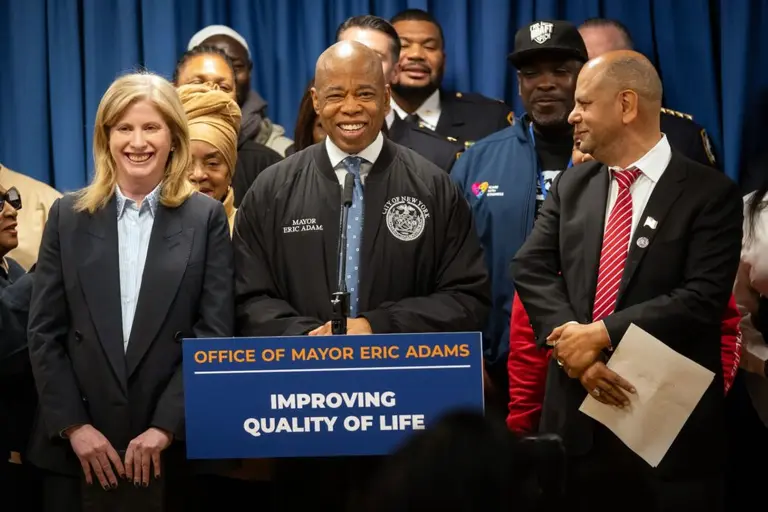New map from NYC Planning displays all zoning and land use applications dating back to 1970

The Department of City Planning launched a new data tool on Tuesday that displays the status of all zoning and land use applications dating back to 1970. The Zoning Application Portal, or ZAP, provides the public an easy way to search through 28,000 projects and pending applications, 500 of which are currently in public review. “This online tool is the ultimate in planning and zoning transparency,” Marisa Lago, director of DCP, said. “It’s fast, it’s easy, it’s intuitive. We hope that New Yorkers – residents, advocacy groups, property and business owners – take full advantage, and get more involved in planning for our city’s future.”
The interactive tool is aimed to increase transparency about projects across the city. Users can search by community district, applicant, borough, project stage, actions taken and more categories.
ZAP also includes direct links to other resources like the sites from the Department of Finance, Department of Buildings and the DCP’s “ZoLa” map, which identifies zoning regulations by neighborhood.

In terms of its visual look, the tool nicely displays “actions” and public “milestones” of different applications. As seen above, the designation of the Central Harlem Historic District is identified, with the Landmarks Preservation Commission as the applicant. Under milestones, easy-to-read bullet points show which stage the application is in.
The search also provides environmental review information and links to relevant city documents. And the tool helpfully notes whether or not the community board and borough president provided recommendations and any changes made by the Planning Commission or the City Council.
“The more we can take the city’s processes and decisions and open up access to them online, the better off we all are – and nowhere is that more true than the all-important but little-understood land use process,” Manhattan Borough President Gale Brewer said. “This is a good step forward for transparency and openness.”
Explore the new tool here.
RELATED:






























